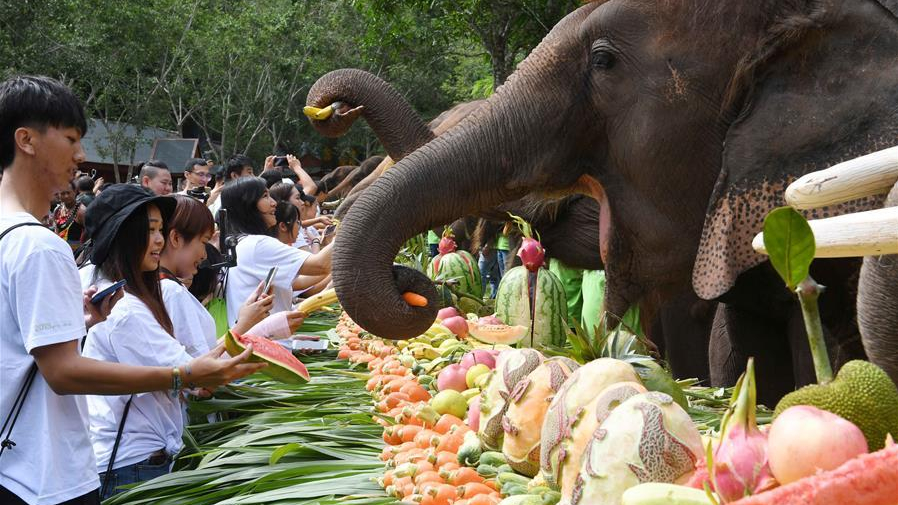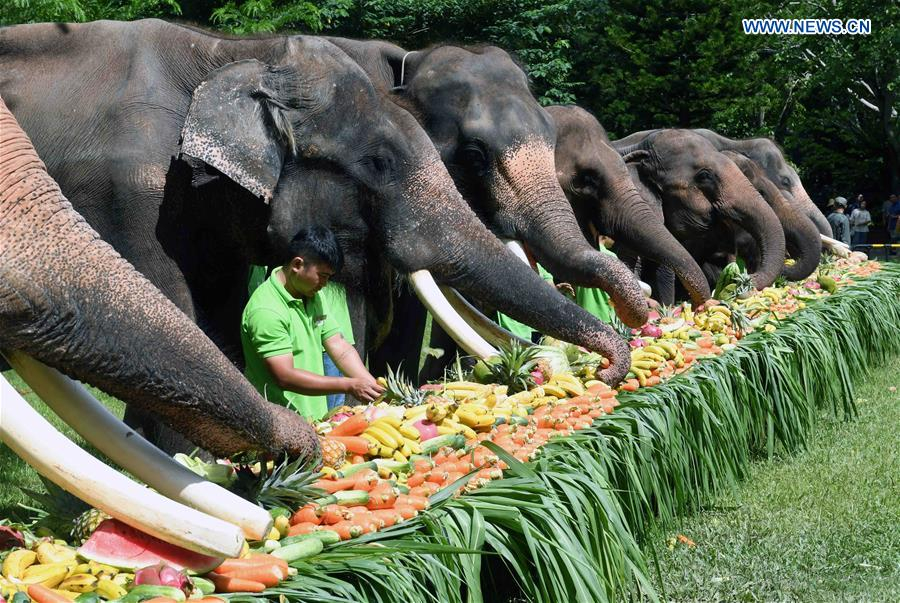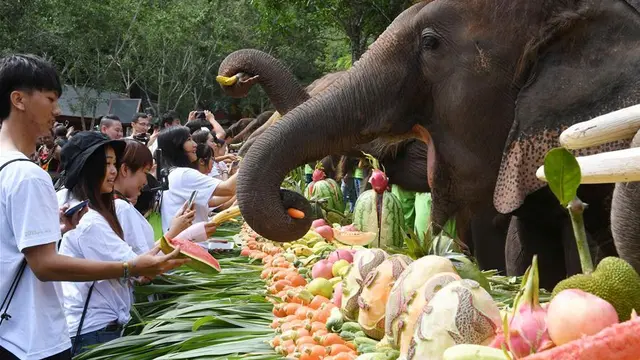
**Editors Note: **Stephen Ndegwa is a Nairobi-based communication consultant, and international affairs columnist. The article reflects the author's views, and not necessarily those of CGTN.
In recognition of the role of the world's flora and fauna in sustaining life on earth, countries all over the world mark the 2020 United Nations World Wildlife Dayon March 3.
At its 68th session on December 20, 2013, the UN General Assembly proclaimed March 3 as UN World Wildlife Day, to celebrate and raise awareness of the world's wild animals and plants.
The Convention on International Trade in Endangered Species (CITES) of Wild Fauna and Flora declared "Sustaining All Life on Earth" as the theme for this year's celebration. The theme acknowledges that all wild animals and plant species are invaluable components of the world's biodiversity and ecological balance.
The 2020 theme also aligns with commitments of the UN Sustainable Development Goals 1, 12, 14 and 15, which address poverty alleviation, sustainable use of resources, and conservation of life, both on land and under water.
The World Wildlife Day 2020 strives to continue raising awareness of the countless benefits of wildlife, particularly to communities who live in close proximity. It will also be an ideal opportunity to discuss the threats faced by wildlife, and the urgent need for governments, civil society, private sector, and individuals to help in wildlife conservation.
Without wildlife, life on the globe would be impossible. From pollen-propagating bees and birds, to game meat delicacies, wildlife sustains millions of lives and livelihoods. According to CITES, thousands of species are internationally traded and used by people in their daily lives for food, health care, housing, tourist souvenirs, cosmetics, and fashion.
Wildlife is also a major economic sector for many countries, particularly in Africa, which forms the foundation of tourism. The top three tourism economies in Sub-Saharan Africa are South Africa, Nigeria and Kenya, respectively. South Africa and Kenya rely heavily on wildlife as a tourist attraction, with wildlife contributing 70 percent of the tourism offer.
According to Kenya's Ministry of Tourism and Wildlife, the sector contributed about 790 million U.S.dollars to the country's economy in 2018, about a third of the country's annual revenue.
CITES says it is estimated that there are between five and 15 million species of plants, animals, and micro-organisms currently on earth, of which only about 1.5 million have been described and named. This includes around 300,000 plant species, between five and eight million insects, and about 50,000 vertebrate species – about 10,000 birds and 4,000 mammals.
But an increasing number of wild animals are becoming extinct, or face extinction, due to various human errors of commission or omission. Reasons include growing population, intensified human activity, and climate change, leading to the encroachment and destruction of animal habitats. Many species of flora and fauna have been decimated due to pollution, and forced migration of wildlife to harsh environments.

Asian elephants' banquet to raise public awareness on World Elephant Day in a tourism area in the Dai Autonomous Prefecture of Xishuangbanna, southwest China's Yunnan Province, August 12, 2019. /Xinhua
The trafficking of wildlife is also a significant threat to many plant and animal species. Though it is hard to quantify, illegal wildlife trade is estimated at about 6 billion U.S.dollars per year.
Further, poaching has contributed to destruction of the environment, and livelihoods as well. Nearly 7,000 species of wildlife are trafficked across the globe.
The illicit trade has a negative effect on sustainable development and world peace.The trade is now regarded as a serious crime by INTERPOL, with the threat placed in the same category as terrorism, human trafficking, and arms smuggling.
Countries like China have become a benchmark in curbing illegal trade in wildlife and its products, through their commitment in conserving the world's flora and fauna. China has established a regulatory system based on international legislation like the Wild Animal Protection Law, Wild Plant Protection Regulations, and the Regulation on the Import and Export of Endangered Species.
In addition, the citizen's awareness of conservation and compliance has been significantly enhanced through advocacy activities similar to the World Wildlife Day, such as the Love Bird Week, and Wild Animal Protection Month.
In a joint workshop on Addressing Wildlife Trafficking organized by China's National Forestry and Grassland Administration (NFGA) and the World Wide Fund for Nature held in Nairobi on March 29, 2019, NFGA Deputy Minister Peng Youdong noted that China is promoting the concept of sustainable development, the construction of ecological civilization, and strengthening the conservation of endangered species.
He cited proactive and concrete actions that show China's commitments towards these efforts, including closing its domestic ivory market, banning the commercial processing of rhino horn and tiger bone, as well as tightening of legislation governing the trade in all endangered wildlife species.
Indeed, wildlife is an indispensable part of nature's ecosystem, and it plays an irreplaceable role in maintaining the world's ecological security, promoting sustainable development, and safeguarding humanity. In order to live up to the theme of the 2020 World Wildlife Day, countries should create the perfect balance between population, resources, consumption, and the environment.
(If you want to contribute and have specific expertise, please contact us at [email protected].)
 简体中文
简体中文

